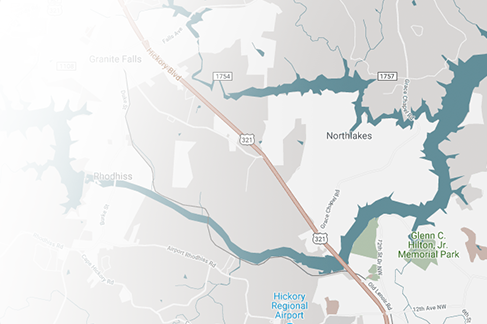Patellar tendon tears are a common sports injury, and they can sometimes occur in non-sports settings too. Here’s a look at what exactly the patellar tendon is, what happens when it tears and how a tear can be treated.
What is the Patellar Tendon?
Tendons and ligaments are two connective tissues found throughout the body. A tendon connects muscle to bone (or other structure, e.g. eyeball). A ligament connects bone to bone.
The patellar tendon is the connective tissue that links the patella to the tibia. It connects the flat triangular patella muscle that’s located at the front of the knee to the larger of the two lower leg bones. (The tibia is the larger lower leg bone and the fibula is the smaller one.)
In this position, the patellar tendon has a critical role in strengthening the leg. It effectively links muscles in the front of the thigh to the lower leg.
What is a Patellar Tendon Tear?
Patellar tendon tears are common in sports, especially in sports where the knees sustain a lot of impact. Football, basketball and volleyball are probably the most likely athletes to sustain this type of tear, as their knees sustain impacts from jumps and collisions. Athletes in other sports certainly aren’t immune from risk, though.
Another reason why these athletes are susceptible to this particular type of tear is because continual running and jumping can weaken the patellar tendon. When a weakened tendon is put under a lot of force, the tendon will be more prone to tear.
The tear itself occurs when the patellar tendon either partially or fully rips. Partial tears don’t completely destroy the soft tissue and may heal with time. Full tears usually won’t heal on their own. With a full tear, the tendon is completely severed from the kneecap.
What Are the Symptoms of a Patellar Tendon Tear?
When a patellar tendon tears, the trauma to the knee area causes multiple symptoms. Some of the most telling ones are:
- An indentation at the bottom of the kneecap
- Pain directly below the kneecap
- Bruising and swelling at the front of the knee
- Difficulty walking, running and jumping
Of course, these are also common symptoms of other knee injuries. One way to further determine whether an injury is indeed a patellar tendon tear is to conduct a straight leg test. This is a test that an orthopedic specialist can use to help diagnose several different knee injuries and issues.
How Are Patellar Tendon Tears Treated?
When a patient presents with symptoms of a possible patellar tendon tear, the injury is first confirmed by an orthopedic specialist. This is done during an in-person exam, and the doctor may use a combination of imaging and the straight leg test to make an accurate diagnosis.
Once a patellar tendon tear is confirmed, the course of treatment depends on the extent of the tear.
Partial tears are often initially treated with a combination of physical therapy, assistive braces and immobilization. Because these tears will sometimes heal on their own, this treatment and time may be enough to restore a partially torn patellar tendon.
Complete tears won’t heal on their own, and they must be sewn back together by a surgeon. The surgery is usually done by a specialized orthopedist. Surgery is also necessary if the above treatment isn’t sufficient for a partial tear.
What is the Recovery for Patellar Tendon Surgery Like?
Recovering from surgery for a torn patellar tendon is a multi-week process. A typical timeframe for the process is as follows:
- Immediately After Surgery: The knee is immobilized so that it can begin to heal.
- Days/Weeks After Surgery: Early mobility and protected strengthening exercises begin.
- 2 Weeks After Surgery: The stitches and staples used are removed.
- 2 to 4 Weeks After Surgery: The leg can bear half of its normal weight load.
- 4 to 6 Weeks After Surgery: The leg should be able to bear its full normal weight load.
- 6 to 12 Months After Surgery: Physical therapy continues until a full recovery is achieved.
With diligence and time, patients who sustain a patellar tendon tear that requires surgery can expect to eventually return to their previous activities.
Get Knee Injuries Diagnosed and Treated
If you have symptoms that could indicate a patellar tendon tear, contact the orthopedic specialists at Prime Surgical Suites.
At Prime Surgical Suites<, we provide state-of-the-art, cost-effective musculoskeletal surgical care in a convenient and comfortable outpatient setting for patients of all ages. Located in RiverCrest Medical Park, we are the region's first outpatient center focused exclusively on orthopedics. Our physician-led center will help restore your active lifestyle and well-being with compassion and orthopedic excellence.
.png?width=200&height=63&name=Prime%20Surgical%20Suites%20Logo-FINAL%20(REV_2_19).png)






